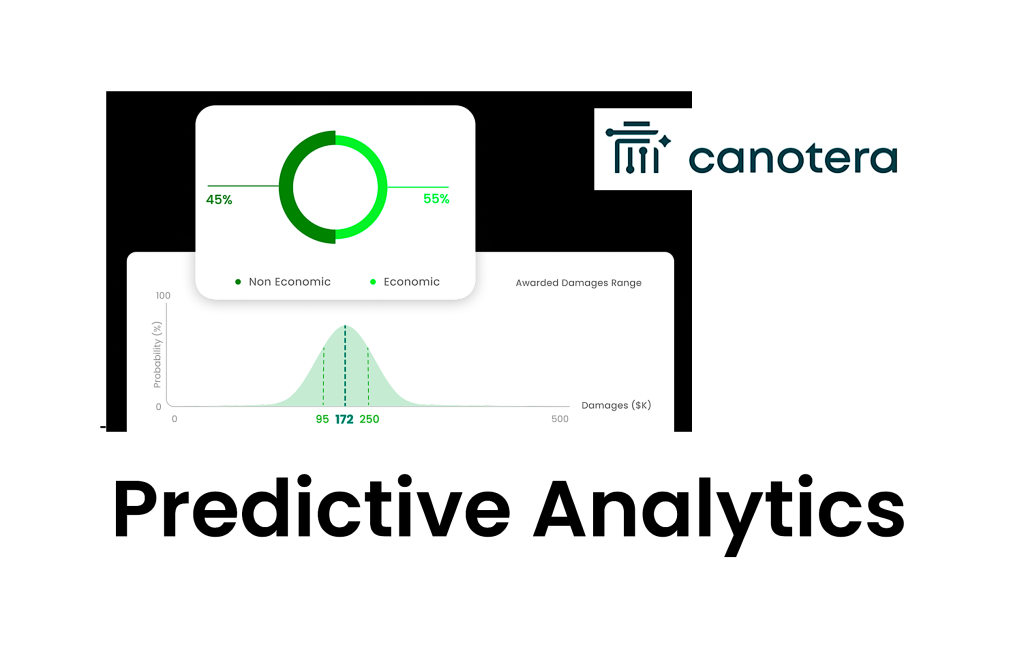
This week’s AL TV Walk Through is with Canotera, a startup that provides ‘explainable predictions about litigation processes and outcomes’ using a blend of AI approaches.
As you will see, it provides predictive analytics through a user-friendly UI and generates them by focusing on screening the most similar comparable cases. Comparability is determined after data standardization (using LLMs), geometric distance measuring (using geometric machine learning), and reliability scoring.
Taking us through the video is CEO, Yariv Lissauer. Please press PLAY to watch inside the page, or you can also go directly to the AL TV Channel here.
—
Canotera added that ‘its mission is to illuminate the opaque world of dispute resolution and serve as a map and a compass for stakeholders, which allows them to make informed, data-driven decisions at scale – whether determining if a case should be pursued, pricing services appropriately, managing the dispute resolution processes, or deciding when and how to conclude a dispute’.
It was founded and is led by seasoned litigation and AI professionals, and backed by venture capital firms from Israel and the US, they added.
From AL’s perspective, the field of case outcome prediction has always been something of a Holy Grail for legal tech, after all, what lawyer, client, or litigation funder, would not want to be able to predict if they are going to win a case or not, or what the financial aspects will be?
Over the years many companies have tried to tackle this area – and many have then found that it can be a lot harder than initially hoped. However, with the arrival of genAI there has been a new wave of interest and LLMs’ language understanding capabilities – when added to some good old-fashioned machine learning techniques and plenty of rules-based pathways as well – can get the market closer to really useful insights than ever before.
As you will see in the AL TV Video, one aspect that’s a little different with Canotera is that it seeks to find a small number of similar cases that your new case can be compared to, rather than trying to build a prediction model based on a pattern summary across a massive number of cases.
As mentioned, check out the video and see how it works.
You can find more about the company and what it offers here.

